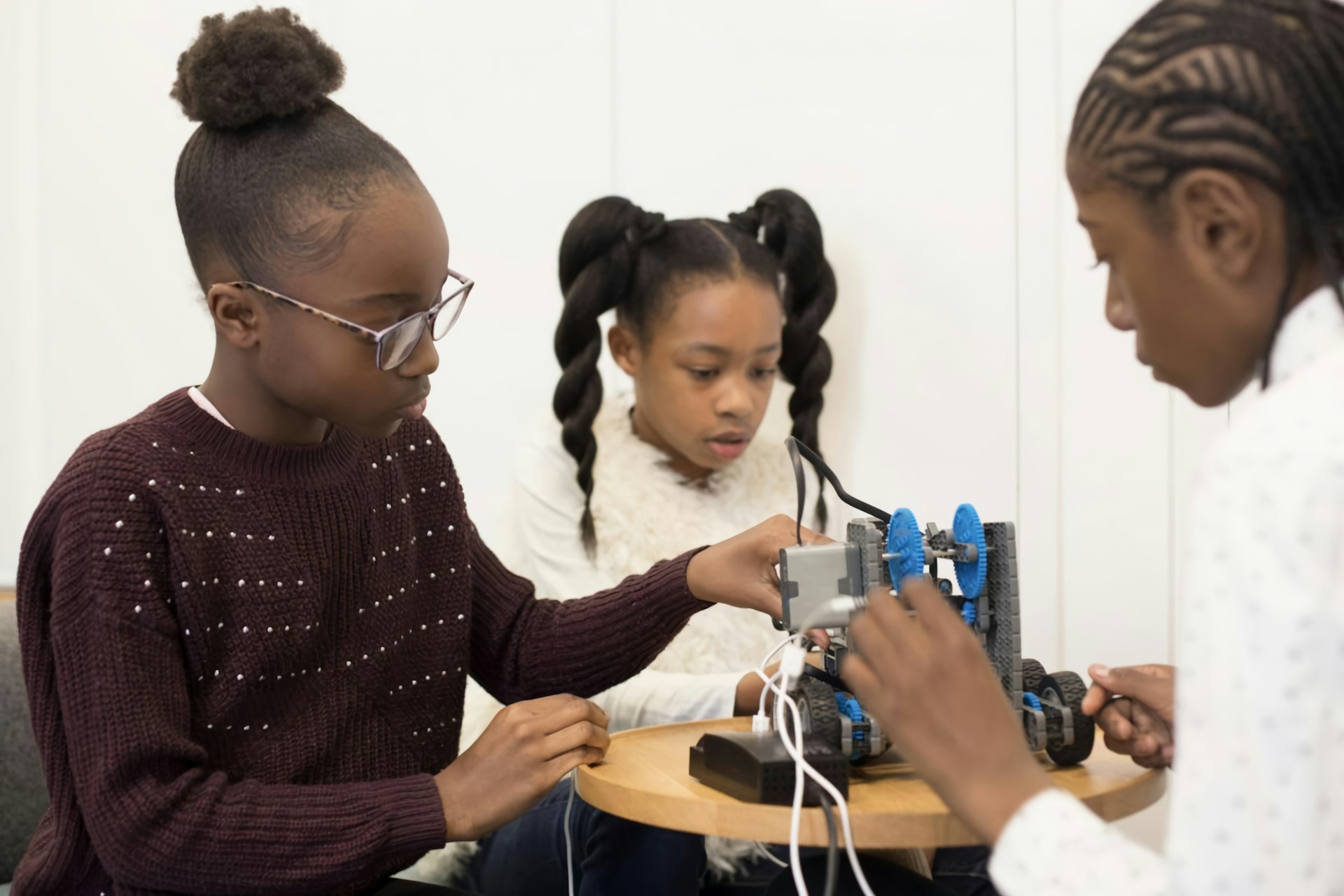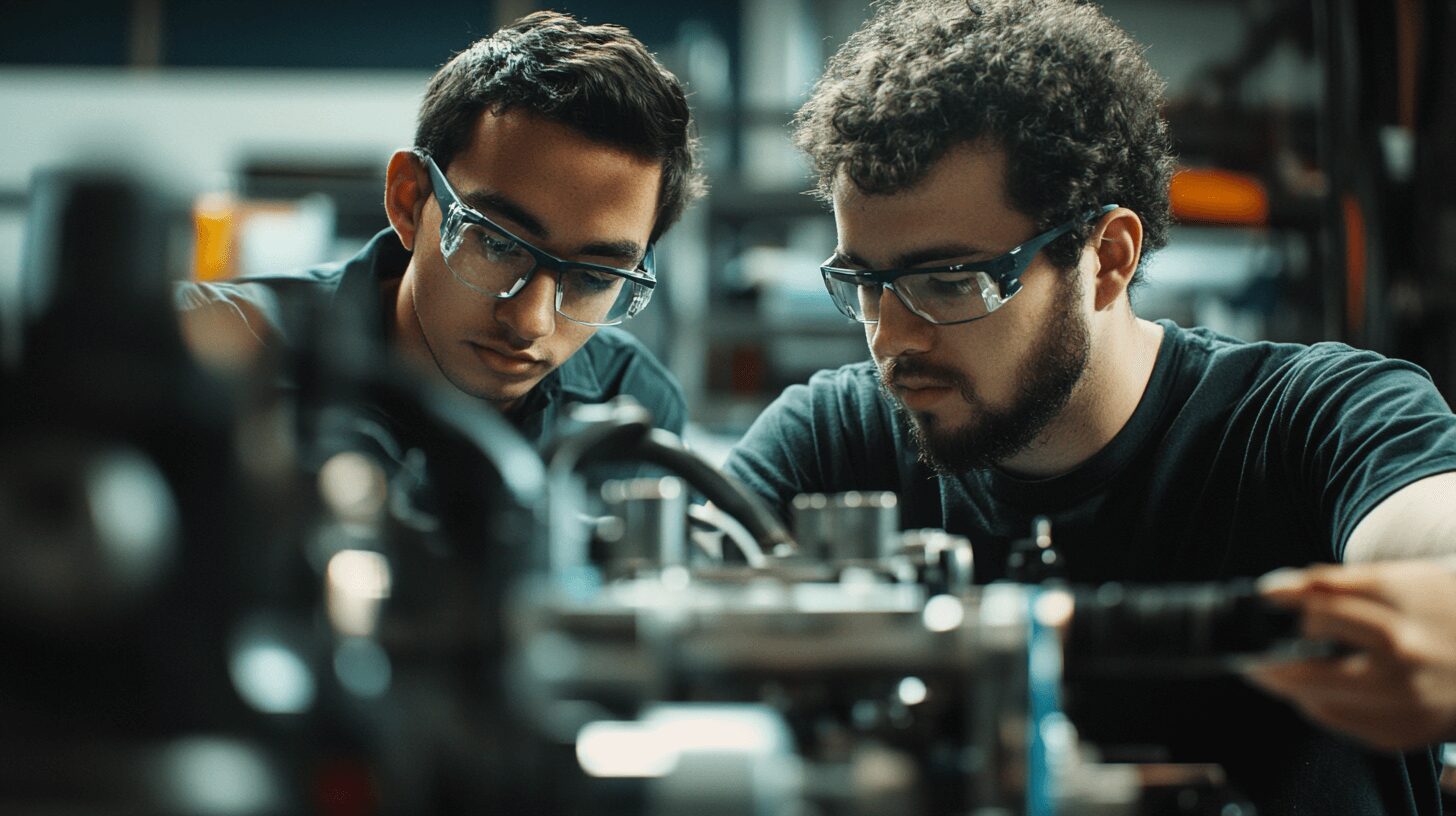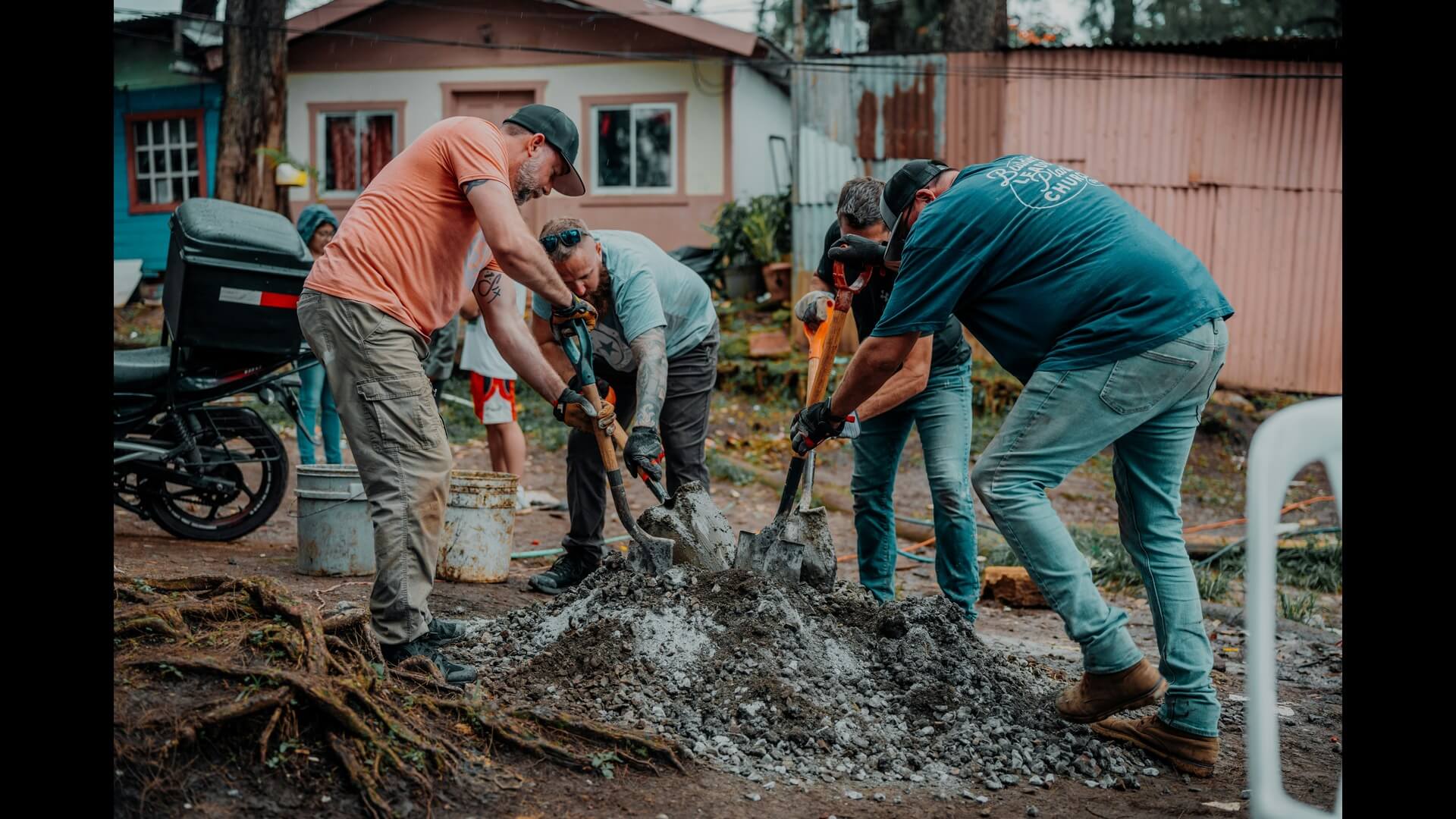
LEGO Engineering and Robotics: Skills, Projects and Careers for Curious Minds
April 8, 2025 - Ellie Gabel
Revolutionized is reader-supported. When you buy through links on our site, we may earn an affiliate commission. Learn more here.
Despite being colorful plastic blocks marketed to children, LEGO has an astounding amount of value for the budding STEM mind. LEGO has also done a remarkable job of marketing to older audiences in the last several years, making the brand’s prominence more universal and favored. In an educational setting, they are powerful tools for framing an engineer’s mind. If you want to experiment with LEGO engineering, robotics and other applications of this famous toy outside of play, investigate more.
The Skills Developed Through LEGO Engineering and Robotics
LEGO engineering refers to several things. First, the brand has several ranges of kits related to building engineering skills for people of all ages. This includes their car-based models in the Technic series or the more general Education line. The mission statement for these products is to encourage STEM education and competency with play.
These take a variety of ideas. For example, the Creator Expert Eiffel Tower model demonstrates the precariousness and precision of high-level architecture. The Evolution of STEM box introduces builders to foundational STEM ideas like DNA and Newton’s theory of gravity. It features some of the most iconic advancements throughout history, such as the modern computer.
The company has also encouraged robotics education through its FIRST LEGO League program. This brings LEGO to schools and inspires younger generations to use programs to guide built creations across settings to complete goals. Kids could make a LEGO robot carry materials across construction sites, learning essential engineering applications. It could also teach them how coding languages manifest in real life, showing how a line could impact direction or what part of the mechanism it uses.
These engage critical thinking mindsets and expand how toys can lead to a balanced mind, creatively and analytically. It also shows how collaborative engineering efforts are, preparing them for workplaces. The practice and play could eventually lead to career opportunities inside and outside of the LEGO company, as the ideas the sets and activities teach are universal.
Exciting LEGO Engineering and Robotics Projects
Engineering students from all backgrounds can see engineering in action from a diverse array of LEGO kits. The ideas don’t always have to come from predesigned boxes. Learned and educators can support engineering activities by letting minds go wild — giving students a pile of blocks with different dimensions and shapes can teach so much about cause and effect. They can be as complicated as simple as people wish, allowing learners to scale their LEGO engineering awareness.
Early ages could tackle simple machines or introductory robotics sets, like the LEGO Mindstorms. These are meant for kids and young adults and show them the basic concepts of robotics. It is great for simplifying complex subjects and making the field seem far more approachable from an early age. It also helps people learn the basics of coding, as they will teach robots to dance and play sports.
Getting into more difficult territory, you can level up by venturing into automated vehicles and simple robotic arms. Students can learn a lot about mechanical engineering by taking things apart and putting them back together. It teaches them how to be intimately familiar with each component and their role in complex task assignments.
For people on the advanced track, you can start incorporating sensors and more in-depth programming to see how you can control each element. The FIRST LEGO League hosts competitions to test how people apply engineering skills within constraints.
Even the Tufts Center for Engineering Education and Outreach invested in the formation of its own LEGO Engineering project to support teachers. It has a collection of community resources, such as obstacle courses, durability tests, and tasks for how to write better code. Initiatives like this have catalyzed conferences and projects to get LEGO into more learners’ hands, regardless of the stage of their edcuational journey.
Career Opportunities in Engineering and Robotics
What some LEGO enthusiasts may not know is there are tons of engineering career opportunities available at the company. What does this look like for people in this industry or robotics?
One of the roles LEGO has is a Quality and Industralization Engineer. Their role is to optimize industrial processes to make bricks high-quality on their first pass. A refined engineering mind is needed for this because it must analyze tons of data and build systems around the findings. Then, it informs how machinery works to craft the perfect product. Not all engineers are working on semiconductors or roadways — there are important roles in toy-making, too. Fortunately, it also impacts education.
Engineers could also help designers transform real-life engineering wonders into a practical toy. They could have a role in writing the directions, ensuring pieces are applied in the most sensible order for weight distribution and physics. They could also suggest what size and shape pieces would work best to achieve a mechanical effect, such as a lever.
LEGO prides itself on creating a robust global community of engineers, which helps expose people to more of what the field could encompass. The incoming generation may feel disinterested in conventional career tracks, but using toys and engaging in experiences like LEGO could introduce them to the world of:
- Robotics engineering
- Mechanical engineering
- Software engineering
- Engineering educator
The hands-on experience learners get with LEGO engineering kits and activities translate well into other companies. The programming know-how someone gained from being a robotics league could make them control remote drones for environmental remediation. The levels and pulleys someone forged in first grade could lead them to design higher-quality cranes. The possibilities are endless, and it could start with some colorful bricks.
LEGO Engineering and Beyond
LEGO has countless chances to teach people of all ages how to think about robotics and engineering. It could inspire children to go into the field or expand the minds of adults to see the world as a smartly crafted amalgamation of puzzle pieces. Regardless of your reason for looking into LEGO engineering, whether as a career or as a stimulating hobby, everyone has something to gain from these amazing sets and projects.
Revolutionized is reader-supported. When you buy through links on our site, we may earn an affiliate commission. Learn more here.
Author
Ellie Gabel
Ellie Gabel is a science writer specializing in astronomy and environmental science and is the Associate Editor of Revolutionized. Ellie's love of science stems from reading Richard Dawkins books and her favorite science magazines as a child, where she fell in love with the experiments included in each edition.




